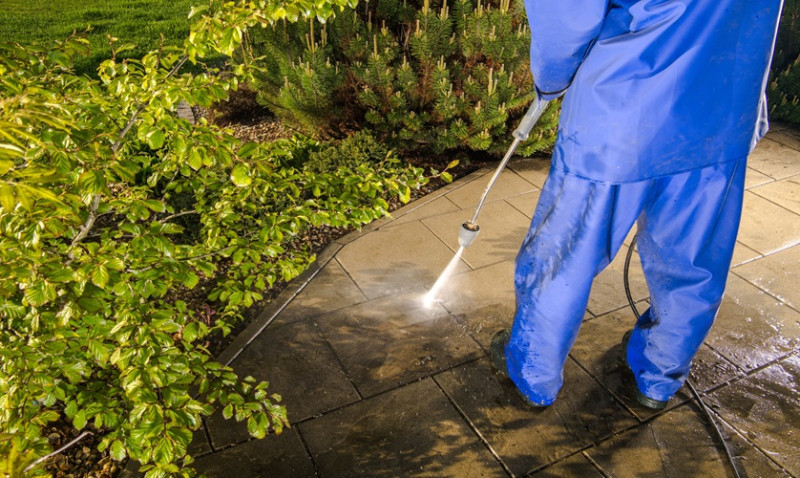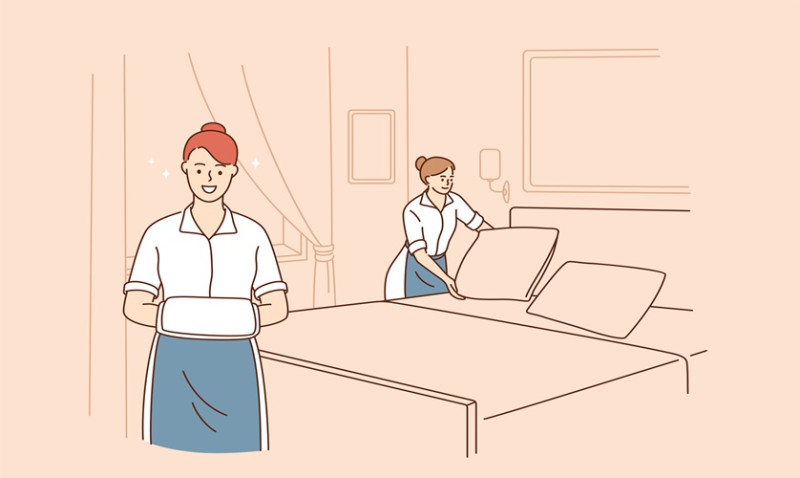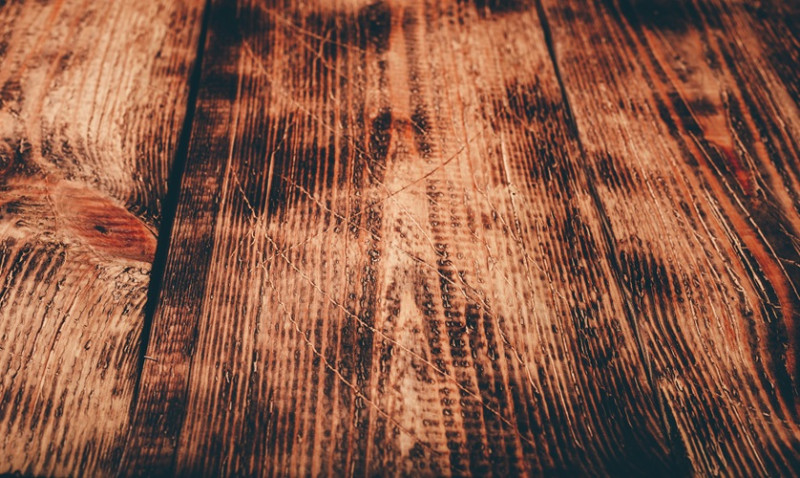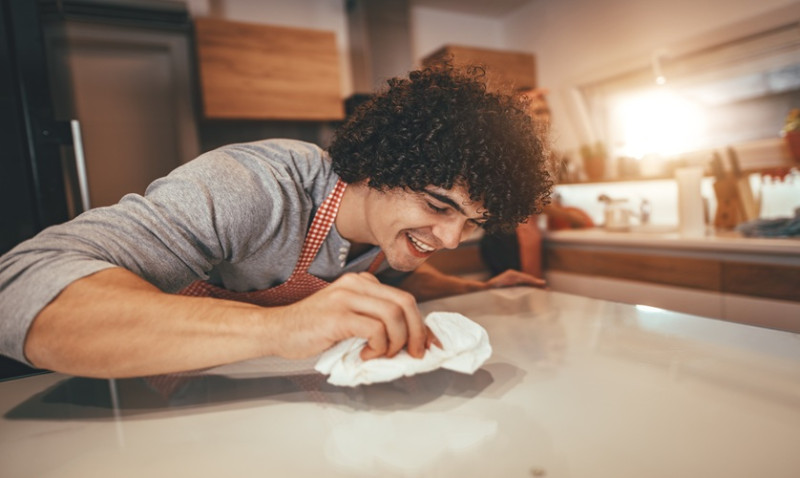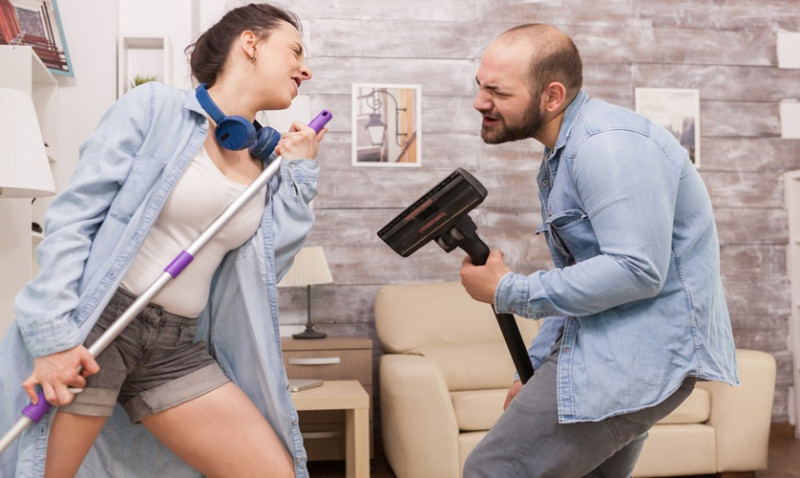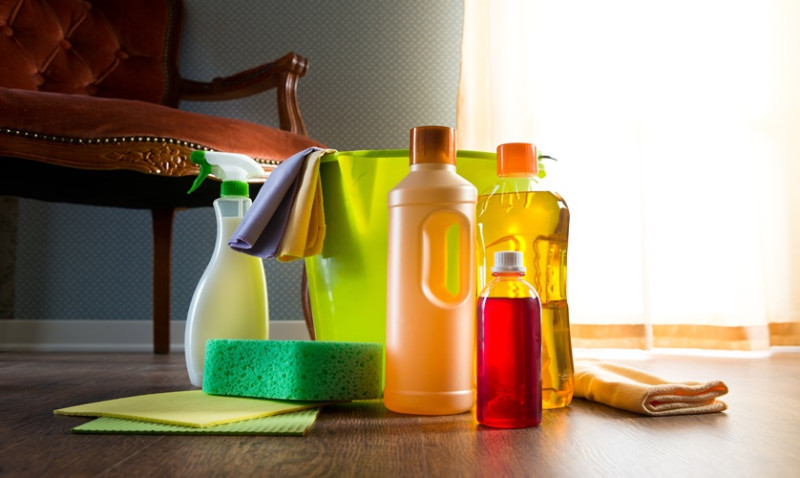
Wood floors add warmth, value, and timeless beauty to any home or commercial space. However, no matter how careful you are, stains can occur—whether from pets, spills, or foot traffic. Knowing how to effectively remove stains from wood flooring without damaging the surface is an essential skill for any DIY enthusiast, architect, interior designer or trade professional working with wood floors. This guide offers a practical, step-by-step approach to stain removal specifically tailored for wooden flooring found in homes throughout the UK.
Understanding the Type of Stain Matters
Before you reach for the nearest cleaning product, it's crucial to first identify the type of stain you’re dealing with. Different stains require different treatments. A water ring left by a damp glass is a completely different challenge to a dark pet urine mark. Wood is a porous material, which means stains can penetrate through finishes and into the grain itself, making some more difficult to treat than others.
The most common types of stains on wood flooring include water stains, pet stains, oil-based stains, ink, and general grime buildup. Each of these will react differently to cleaning agents, so determining the source helps ensure the treatment is both effective and safe for the finish of your floor.
Try to clean any new spills immediately to prevent penetration into the wood grain. The longer a stain remains untreated, the deeper it can seep and the more difficult it can be to remove. Keep in mind that older or set-in stains might require more than one round of treatment or even professional refinishing in the worst cases.
Important Tools and Safety Tips
Before you begin cleaning your wood floor, make sure you’ve gathered the right tools and products for safe and successful stain removal. Use soft cloths, microfibre mops, mild cleaning agents, and in some cases, fine-grade steel wool or sandpaper. Avoid abrasive scrubbing pads that can scratch or mar the wood surface.
Always test any cleaning product or solution on a discreet area of the floor—like in a corner or under furniture—to check for compatibility. Some chemicals or natural solutions might alter the colour of the wood or strip the finish if not used properly or left on too long.
Good ventilation is important, particularly if you are using chemicals. Always read the label instructions on shop-bought cleaning solutions and wear gloves to protect your skin. Your long-term safety, along with preserving the condition of your timber flooring, should be paramount.
How to Remove Water Stains from Wood Floors
Water stains commonly appear as white or cloudy marks on the surface of wood flooring. These types of stains typically occur when water sits on the floor and gets trapped beneath the finish. Light water stains are the easiest to treat and often don’t require harsh chemicals.
One common DIY method is to use an iron covered with a clean cloth. Set the iron to a medium heat with the steam function turned off, then gently press the warm iron over the stain using circular motions for a few seconds at a time. This helps to evaporate the moisture trapped beneath the finish without damaging the wood.
Another home remedy involves applying a small amount of mayonnaise or petroleum jelly to the stained area. Leave it overnight, then wipe it off in the morning. The oils can sometimes replace the moisture in the finish, helping to disguise or eliminate the white mark entirely.
For deeper water stains that have darkened, light sanding and refinishing might be required. If unsure, consult a flooring specialist to avoid the risk of over-sanding or damaging the surrounding area.
Dealing with Pet and Urine Stains
Pet urine can be especially damaging to wood floors due to its high acidity and ammonia content. These stains often appear dark and are accompanied by a strong odour. Once the urine has soaked through the finish and into the wood grain, removal becomes more complex.
Start by cleaning the area with a solution of white vinegar and water (1:1 ratio) to help neutralise the ammonia. After applying, let the solution sit for a few minutes before wiping with a clean damp cloth and drying with a soft towel.
For lingering odours, apply a baking soda paste (mix water and bicarbonate of soda) and let it sit overnight before vacuuming it up. In persistent cases, you may need enzymatic cleaners that target pet odours—available at most UK home and pet supply stores.
If the stain has caused black discolouration and soaked deep into the wood, sanding and reapplying a wood stain compatible with your current finish may be necessary. After sanding, always finish with a sealant to prevent future issues.
Removing Oil and Grease Stains
Oil-based stains, such as those from food or handprints, can be especially common in kitchens or dining areas with wood floors. They typically leave darkened or greasy areas that become sticky over time.
The first step is to blot up any excess residue using kitchen roll or a clean cloth. Avoid rubbing the stain as this can spread the oil further. Then sprinkle bicarbonate of soda or cornflour over the area and let it sit for several hours. This helps to lift the oil from the wood before you wipe it away with a soft brush or vacuum.
If the stain persists, try a solution of washing-up liquid and warm water applied gently with a microfibre cloth. Soap breaks down the oil molecules, making them easier to remove. After cleaning, rinse with a damp cloth and dry thoroughly.
Avoid using vinegar or aggressive degreasers too frequently on oiled or waxed wood floors, as these can strip finishes over time or cause dullness. Always recondition the area with a suitable floor oil or hard wax if needed.
Ink, Dye and Other Pigment Stains
Ink spills and dye stains—from markers, hair dye or fabric dye—are notoriously tough to remove from wooden surfaces because of their intense pigmentation and ability to stain through the finish.
For fresh stains, immediately blot with a dry cloth to prevent the pigment from soaking in. Do not rub, as this can drive the stain deeper into the wood grain. Apply a small amount of isopropyl alcohol to the stain using a soft, lint-free cloth and gently dab—do not soak or scrub.
Hydrogen peroxide can also be effective for removing dye-based stains. Use a 3% solution (widely available at UK pharmacies) applied to a cotton ball, gently pressing onto the stain. Let it sit for a few minutes before wiping off and repeating as needed. Always test first as these treatments can lighten the wood.
If the pigment stain is extensive or has altered the colour of the floor significantly, floor sanding and restaining may be your only option for a consistent finish.
Preventing Future Stains on Wood Floors
Once you’ve successfully removed stains from your wood flooring, you’ll want to ensure they don’t happen again. Prevention is always easier and more cost-effective than repair. For home and design professionals, understanding these preventative measures can enhance the longevity and beauty of your projects.
Use area rugs or mats in high-traffic areas and under furniture. Ensure your floor is sealed properly with the correct finish—lacquer, hard wax, or oil—all of which have different levels of resistance to stains and wear. Speak with your supplier or a flooring expert to choose the finish best suited for your lifestyle or project needs.
Clean up spills immediately and establish a regular floor cleaning routine using PH-neutral cleaners designed for wood floors. Avoid steam mops and harsh chemicals that can weaken finishes over time.
If you have pets, ensure they are house trained and keep nails trimmed to avoid scratches that can expose flooring to moisture. In commercial settings such as interior design client builds or hospitality venues, consider commercial-grade finishes for added protection.
Quick Guide to Common Stains and Their Solutions
| Type of Stain | Symptoms | Recommended Treatment |
|---|---|---|
| Water Stains | White or cloudy rings | Iron with cloth, mayonnaise trick, light sanding |
| Pet Urine | Dark stains with odour | Vinegar solution, bicarbonate of soda, enzymatic cleaner, sanding |
| Oil/Grease | Dark, sticky patches | Bicarbonate of soda, washing-up liquid, re-oil area |
| Ink/Dye | Deep pigmentation | Isopropyl alcohol, hydrogen peroxide, possible sanding |
Final Thoughts
Stain removal from wood floors can be a straightforward process with the right approach. Whether you're a DIY homeowner, an interior designer specifying wood finishes, or a tradesperson tasked with aftercare advice, it's crucial to know how to effectively handle mishaps without causing further damage.
In the UK climate, maintaining wood flooring requires a bit of diligence, especially with our damp seasons and regularly used indoor spaces. With the above methods, you’ll not only preserve the beauty of your floors but also extend their lifespan and reduce the need for costly replacements or full refinishings.
Looking for professional floor maintenance products or advice tailored to your exact flooring type? Contact your local wood flooring expert or browse our curated selection of care kits, finishes, and restoration tools designed specifically for UK hardwood flooring.

